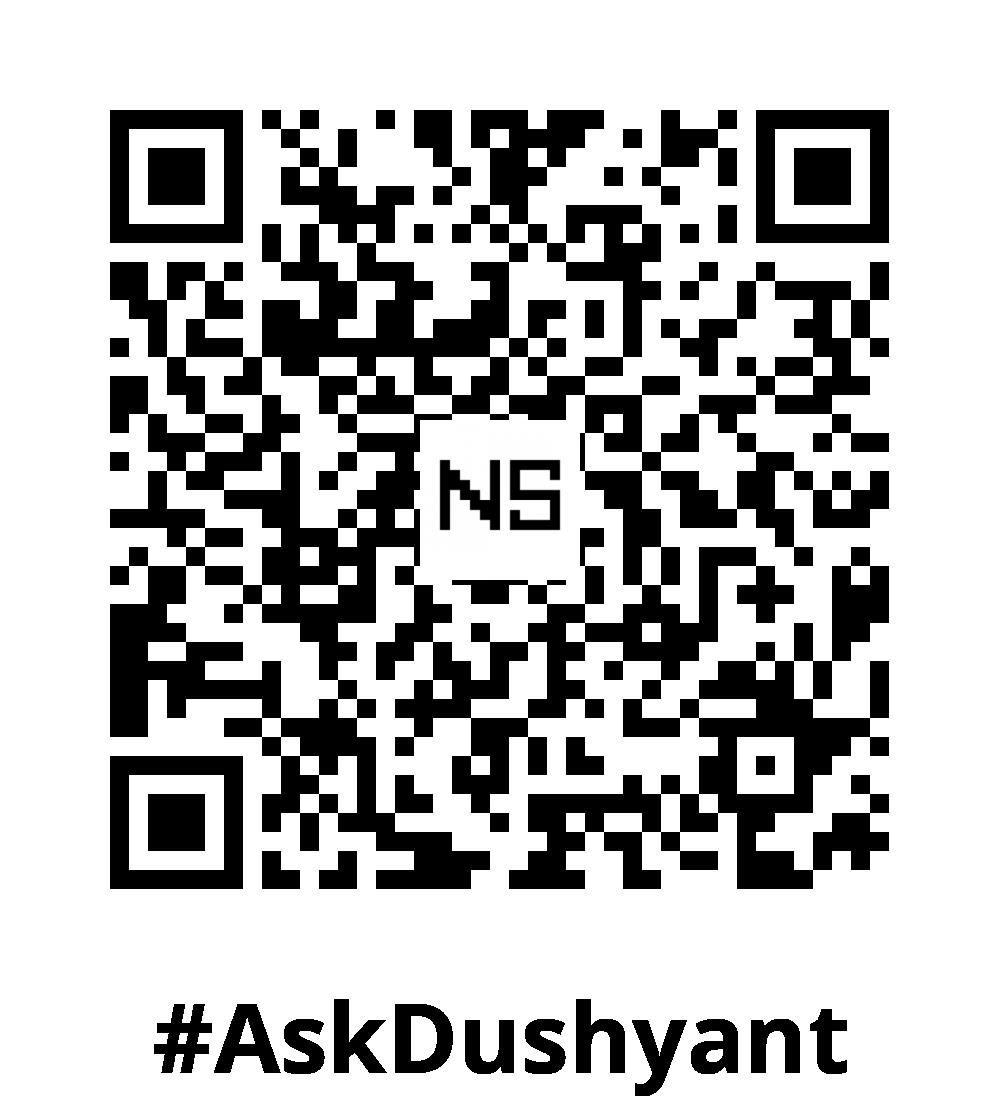Accurate estimation is one of the most critical aspects of Agile and Scrum. Without it, teams risk overcommitting, missing deadlines, or underdelivering value. Estimation in Scrum is not about predicting the future with precision—it is about creating a shared understanding of effort, complexity, and uncertainty.
Scrum teams use different estimation techniques to evaluate backlog items and plan sprints effectively. This tech concept showcases popular estimation methods such as Planning Poker, T-Shirt Sizing, and more, illustrating exactly how to apply them. With two decades of experience at the forefront of technology, I’ve led innovation, shaped products, and driven organizational change.
Why Estimation Matters in Scrum
Estimation helps Agile teams:
- Align on the complexity and effort of work.
- Set realistic sprint goals.
- Improve forecasting and velocity tracking.
- Identify risks and dependencies early.
- Create transparency for stakeholders.
Unlike traditional project management, Scrum estimation emphasizes relative sizing instead of exact hours, allowing teams to adapt to change and learn over time.
Planning Poker
Planning Poker is the most widely used estimation technique in Scrum. It combines consensus-driven discussion with relative sizing.
How It Works
- The Product Owner presents a user story.
- Team members discuss scope, complexity, and dependencies.
- Each member privately selects a card with a number (usually from the Fibonacci sequence: 1, 2, 3, 5, 8, 13, 21).
- Cards are revealed simultaneously.
- If estimates differ widely, the team discusses and votes again until reaching consensus.
Example
- User Story: “As a customer, I want to reset my password via email.”
- Developers estimate:
- Member A → 3 points
- Member B → 5 points
- Member C → 8 points
- After discussion, the team agrees on 5 story points.
Best For: Complex features that require team discussion and alignment.
T-Shirt Sizing
Teams often use T-Shirt Sizing as a lightweight estimation technique at the epic or high-level backlog stage, assigning XS, S, M, L, or XL instead of numbers.
How It Works
- Team reviews features or epics.
- Assigns a T-shirt size based on relative effort.
- Sizes may later be converted into story points if needed.
Example
- Epic: “Enable one-click checkout” → XL (large effort).
- User Story: “Save preferred payment method” → M (medium effort).
- User Story: “Add coupon code field” → S (small effort).
Best For: Early-stage estimation, roadmapping, and release planning.
Affinity Estimation
Affinity Estimation is a fast method where teams sort stories into relative size buckets without much debate.
How It Works
- Write user stories on cards.
- Place them on a wall in order from smallest to largest.
- Group into size categories (e.g., 1, 2, 3, 5, 8).
Best For: Large backlogs where quick sizing is more important than precise debate.
Dot Voting (or Fist of Five)
In Dot Voting or Fist of Five, team members indicate their confidence in the estimation with a show of hands or dots.
- Dot Voting: Each member gets dots to allocate to stories they feel are larger or riskier.
- Fist of Five: Members rate confidence from 0 (no confidence) to 5 (fully confident).
Best For: Reaching quick consensus or identifying controversial items.
Bucket System
The Bucket System is designed for very large backlogs. Items are distributed into predefined “buckets” representing size values (1, 2, 3, 5, 8, 13, etc.).
Best For: Estimating hundreds of backlog items in a short time.
Comparing Techniques
| Technique | Level of Detail | Best For | Example Output |
|---|---|---|---|
| Planning Poker | Detailed, collaborative | Sprint-level user stories | 3, 5, 8 story points |
| T-Shirt Sizing | High-level, simple | Epics and roadmap planning | S, M, L, XL |
| Affinity Estimation | Fast, relative | Large backlog refinement | 1, 2, 3, 5 |
| Dot Voting | Consensus-driven | Prioritizing or clarifying controversial stories | Confidence score |
| Bucket System | Scalable, structured | Estimating very large backlogs quickly | Story points |
Best Practices for Scrum Estimation
- Estimate as a team: Encourage diverse perspectives to improve accuracy.
- Focus on relative effort: Avoid over-precision in hours.
- Keep stories small: If a story is too big, split it into smaller ones.
- Re-estimate when needed: Adjust if requirements change or new insights emerge.
- Track velocity, not hours: Measure progress through completed story points.
My Tech Advice: Scrum estimation techniques like Planning Poker, T-Shirt Sizing, and Affinity Estimation help teams balance speed and accuracy. The right technique depends on the context:
- Use T-Shirt Sizing for epics and early planning.
- Use Planning Poker for sprint-level stories.
- Use Affinity or Bucket System for large backlogs.
The goal of estimation is not perfect prediction but shared understanding and realistic sprint planning. When teams apply estimation techniques consistently, they improve forecasting, reduce risk, and deliver value predictably.
Ready to adapt agile ? Try the above tech concept, or contact me for a tech advice!
#AskDushyant
Note: The names and information mentioned are based on my personal experience; however, they do not represent any formal statement.
#TechConcept #TechAdvice #Agile #ProjectManagement #SoftwareDevelopment #Scrum


Leave a Reply